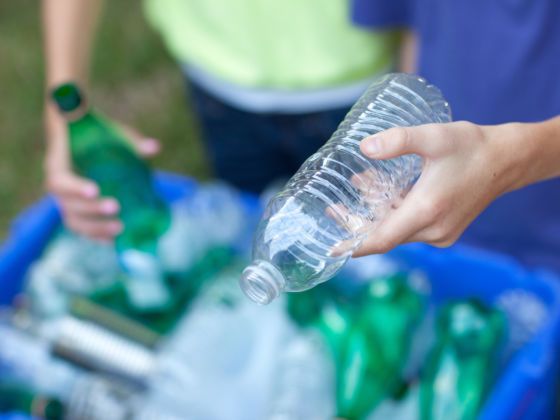Starting with plastic.
As plastic bag bans are starting to pop up around the world, it is becoming quite obvious that people are becoming more aware that plastic isn’t a necessity and isn’t too good for the environment. With all the different types of plastic out there, it can be hard to discern what is recyclable and what is not, so let this guide help you out. Keep in mind that different cities have different recycle rules, so double check before tossing that plastic product into the recycle bin.
